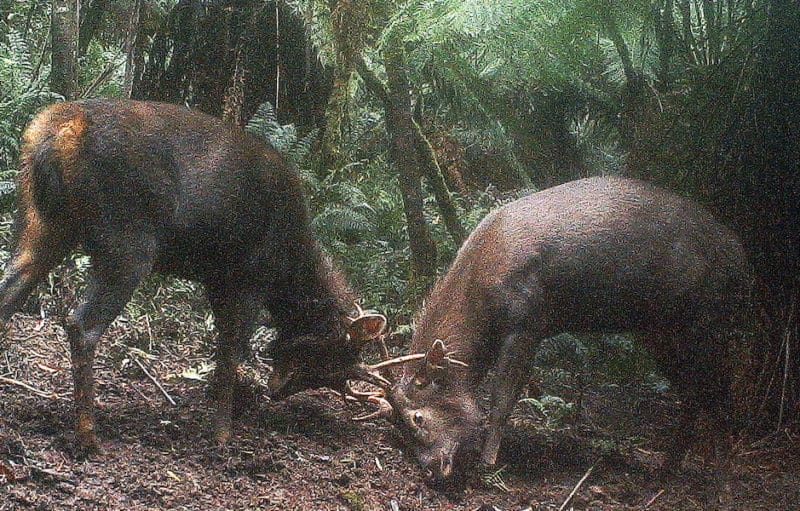MEDIA RELEASE 18 November 2020 |
Victoria’s most loved National Park, Wilsons Promontory, is to get some extra care, along with range of other important areas.
“A $23 million dollar ‘Prom Sanctuary’ investment, announced by Environment Minister Lily D’Ambrosio today, is a historic improvement in the management of this remarkable national park”, says the Victorian National Parks Association’s park protection advocate Phil Ingamells.
“While the Prom is much loved by Victorians, a remarkable haven for wildlife and a great place to see our native plants and animals, it has been suffering from invasive species, climate change and too frequent fire.
“Now a predator-proof fence will be built right across the Yanakie isthmus, making it possible to keep foxes, deer and feral cats out of the park.
“Some native animals now rare or missing from the park, including Ground Parrots, Quolls and New Holland Mice, can then be safely reintroduced.
“In addition, a long term lease of private land at the park entrance will allow construction of a much-needed wildlife research facility, a visitor information centre and some additional accommodation for the park’s visitors. Two new walking tracks in the park are also planned.
“Increased visitor numbers are also impacting on popular parks like the Prom. The plan to put new infrastructure on private land at the entrance to the Prom follows an increasing trend in park visitor management around the world.
“Investment in a range of upgrades to park visitor infrastructure are needed in many places. But national parks are not just about visitor infrastructure or tourism; we need to make sure we have well-funded core ecological management programs to ensure these iconic places serve their core purpose, the protection of nature, as well as being great places for people to visit.
“It’s becoming a struggle to manage our prime natural areas while climate change, invasive plants and animals and other impacts challenge the native species our national parks are set aside to protect.
“The addition of a $29 million investment in the control of pests and better management of threatened species impacted by fire is also welcome”, said Mr Ingamells.
“It is great to see the importance of the national parks estate recognised in the budget with a $474 million investment, but we must also expand and protected key places in Victoria that remain under threat.
The Victorian National Parks Association and local conservation and community groups are still waiting on the government to announce new national parks in Victoria’s Central West, 16 months after they were recommended by the Victorian Environmental Assessment Council, and nine months after that recommendation was due to be responded to in Victoria’s parliament.
